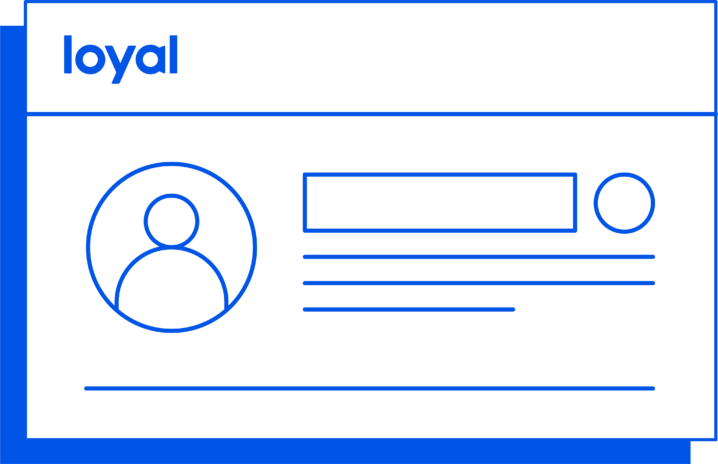By: Abhi Sharma, VP of Product
With tools like artificial intelligence and machine learning, health systems are transforming the digital patient experience for the better. But those technologies are only as good as the data behind them.
At its best, technology can solve problems. That’s why we have servers brimming with millions of pieces of data, after all. But if that data is poorly organized, you’ll end up with more headaches than solutions. Here’s why well-structured data is so important — and how to organize it now so you won’t be stuck with clean-up duty later.
Smart Data Strategy: A Single Source of Truth
Let’s start with a simple problem: You want to make it easier for patients to schedule an appointment online. To set up that application well, you’ll need to draw on many pieces of data. What’s the patient’s location and insurance coverage? Can she see a nurse practitioner or does his care require a specialist physician? Does he require coordinated care with multiple providers?
Of course, patients aren’t just asking about scheduling appointments. They have questions about how and when they can visit loved ones in the hospital, the food in the hospital cafeteria, whether the urgent care closed early during the blizzard, whether financial aid is available to help them pay their medical bills. All of those questions overlap different areas of the health care system.
Even something as straightforward as provider profiles can be more complicated than meets the eye. Hospitals have a legal obligation to verify information about a physician’s education, experience, and professional licenses. Since those records must be made available to physician credentialing programs, that data tends to live together in one database. Meanwhile, a list of locations where a physician practices might be housed in another. And the list of insurance policies she accepts might exist in a third location. In a situation like this, it’s hard to build successful applications for your website. At no point in time do you have a complete picture of that provider — no single source of truth.
It’s not impossible to pull data points from disparate databases. But it’s a lot less efficient. And making changes to that data is cumbersome: If a provider changes her name, for example, you might have to ask multiple people in multiple departments to make the change to their individual databases (on their own differing timelines).
If you have one centralized data management platform, you’ll only have to make that change once. And you can build applications like chatbots or scheduling platforms that draw from it in a thoughtful, structured way.
The Benefits of Clean Data
When we were designing our conversation platform, Guide, we quickly realized the importance of having clean, well-organized data. But even if you don’t have a chatbot on your site, orderly data pays off.
Contact center employees, for example, field all sorts of questions. In many cases, they try to answer those questions by searching the same public-facing website that patients see. Ideally, an internal employee should have access to a deeper level of details, such as which providers are over capacity and which have plenty of time on their calendars.
Similarly, referring providers should be able to easily access information about specialists. A referring physician can’t be expected to know all the orthopedists in the health system. With a single, reliable source of data, she can easily find the specialist that’s available quickly, in the right location and with the right experience for a particular patient.
Well-structured databases can ensure that contact center representatives, referring physicians and other health system employees get the right information in the least amount of time.
Building a Better Patient Experience
There isn’t one right road to clean data. Some health systems already manage all of their own data and might have an IT team who can package all of those pieces into a single, well-organized database. For others, it can be trickier to piece it all together.
Often, the hardest part is figuring out where all the different data sources live and how to access them. But once you have a handle on your data, you can start to organize it for a better patient experience.
When data lives in lots of different places, it’s a lot harder to ensure everything is accurate and up-to-date. A patient googling for a clinic address might find one address on the hospital website, but another on a third-party directory. Showing up at the wrong address leads to problems like missed appointments — and major patient dissatisfaction — at a cost to the health system.
When data is well-organized and centrally managed, it can also be enriched in ways that further improve the patient experience. Data that’s enhanced with the terms patients use and the questions they ask is more likely to help users find the information they need.
If your data is a mess, it might feel daunting to face spring cleaning. But the sooner you create that single source of truth, the sooner you can truly put your data to work.



